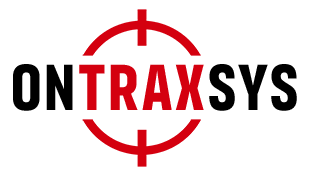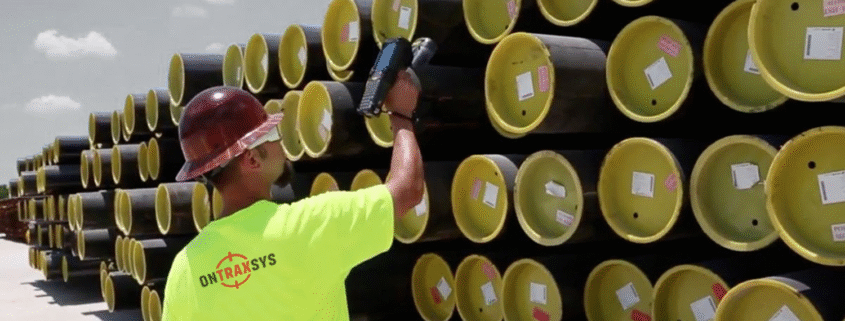Engineering the Future: Filling Critical Roles in Transmission, Distribution, and Energy Projects
When a transformer fails, it’s obvious. When a substation goes offline, everyone knows. But when your workforce starts to crack under the pressure—missed timelines, bloated budgets, constant turnover—it’s easy to overlook.
Until it’s too late.
Utilities leaders are pouring capital into infrastructure renewal at record levels. But many are discovering that the real constraint isn’t materials, permits, or even technology. It’s people. More specifically: the right people, at the right time, in the right roles.
Utilities industry hiring has become the quiet bottleneck behind many delayed or underperforming transmission, distribution, and energy projects. And with urbanization accelerating demand, automation raising the technical bar, and customers expecting e-commerce-level responsiveness, the cracks are widening.
The solution isn’t hiring more. It’s hiring smarter. And it starts by rethinking the entire workforce strategy.





